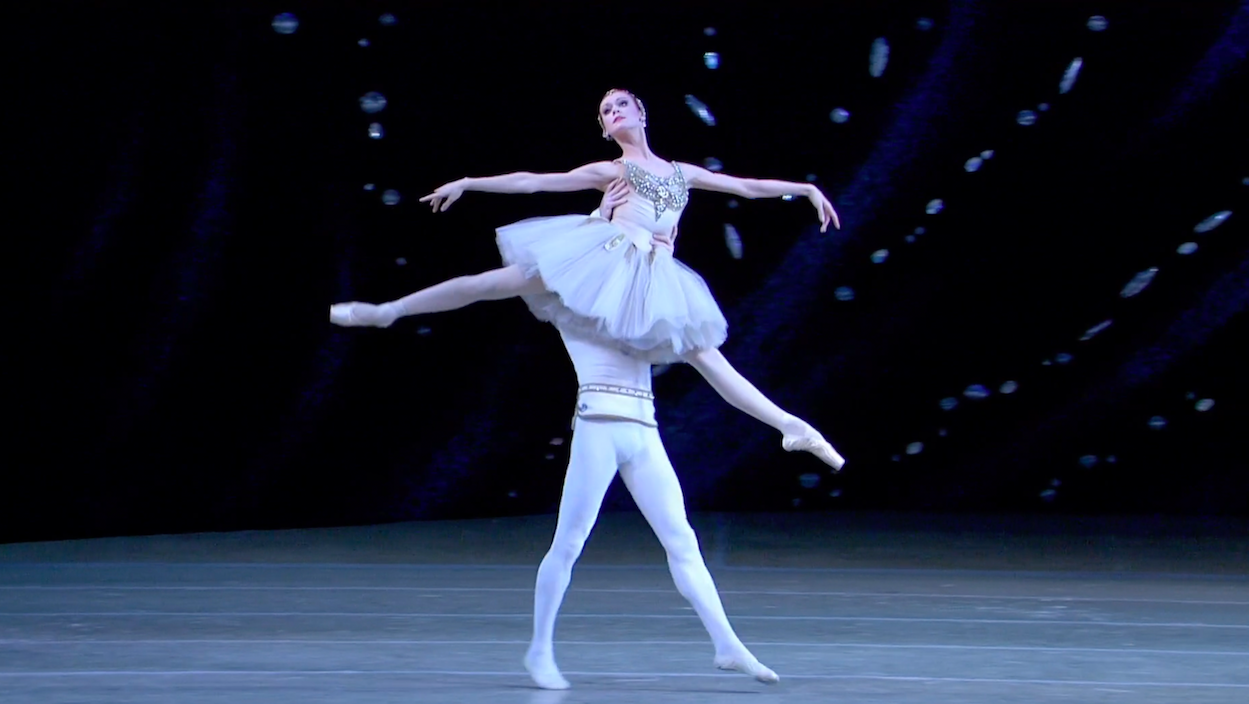
In the world of dance, neoclassical ballet is a transformative genre that has redefined the traditional principles of classical ballet. Two pioneering choreographers, George Balanchine and Jerome Robbins, played an instrumental role in shaping and popularising this innovative style. But while Robbins introduced a narrative dimension to this neoclassical style, harnessing the power of dance to convey characters and emotions, Balanchine's choreographic approach emphasised the intrinsic beauty of movement.
George Balanchine's Jewels is a perfect example of this. Comprising of three unique acts, each drawing inspiration from a distinct gemstone and a different composer (Fauré, Stravinsky, Tchaikovsky), Jewels places a strong emphasis on the purity of movement, athleticism, and the essence of dance. The choreography frequently features intricate footwork, geometric patterns, and a profound synchronisation between music and motion.
Although Jerome Robbins never contributed to Jewels, the intertwined story of Balanchine and Robbins remains a captivating tale in American dance. Hailed as two luminaries of choreography, they have both made significant contributions to the art form, and their artistic paths have intersected on numerous occasions.
It all began with their initial meeting as young dancers in the 1930s. This first encounter laid the foundation for a deep and enduring artistic partnership, characterised by mutual respect and a shared vision. As their careers soared, they became contemporaries within both the New York City Ballet and the American Ballet Theatre. Balanchine's role as a co-founder of the New York City Ballet, where he choreographed his iconic works, including Jewels, ran parallel to Jerome Robbins' affiliation with the American Ballet Theatre, which later expanded to collaborations with the New York City Ballet. This convergence of talent and creativity in the bustling New York dance scene became a fertile ground for the exchange of ideas and choreographic innovation.
With this, Balanchine and Robbins collaborated on several ballets, most notably Firebird and Circus Polka. The former, in particular, showcased their ability to blend classical and contemporary dance styles, resulting in a groundbreaking production. Balanchine and Robbins both played pivotal roles in shaping the neoclassical style of ballet in America.
Their dedication to neoclassical ballet had a profound impact on the American dance scene. Balanchine's works became the cornerstone of the New York City Ballet, where he redefined the very essence of ballet. Robbins, with his narrative neoclassical ballets, pushed the boundaries of what ballet could express, merging storytelling with the refined neoclassical style. They not only influenced each other but also contributed significantly to the evolution of American dance, solidifying their places as two of the most celebrated choreographers in the history of ballet.